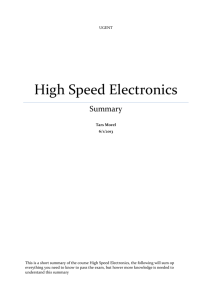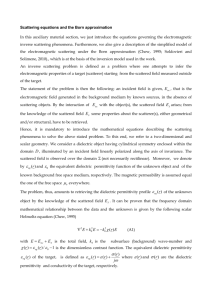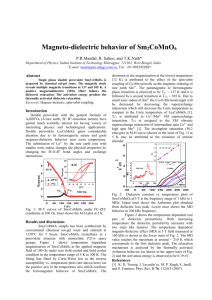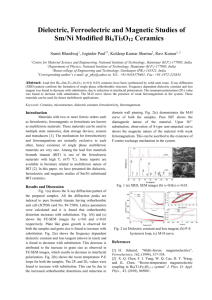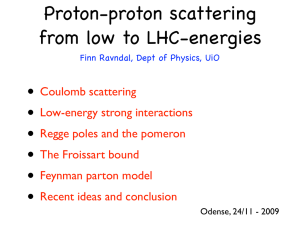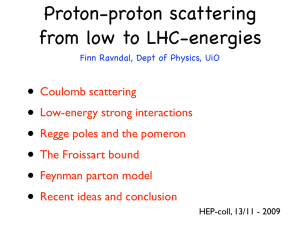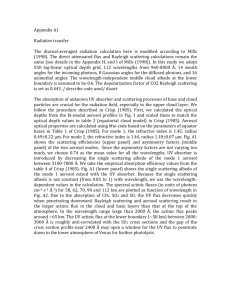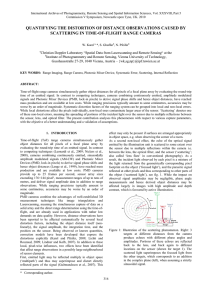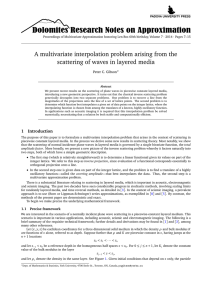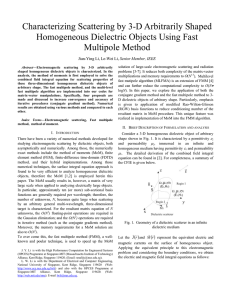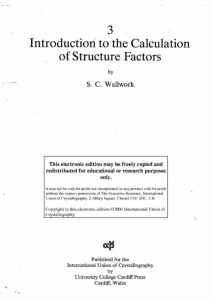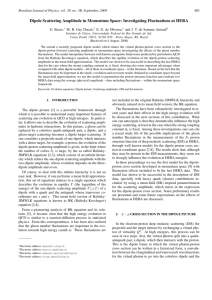hw4
advertisement
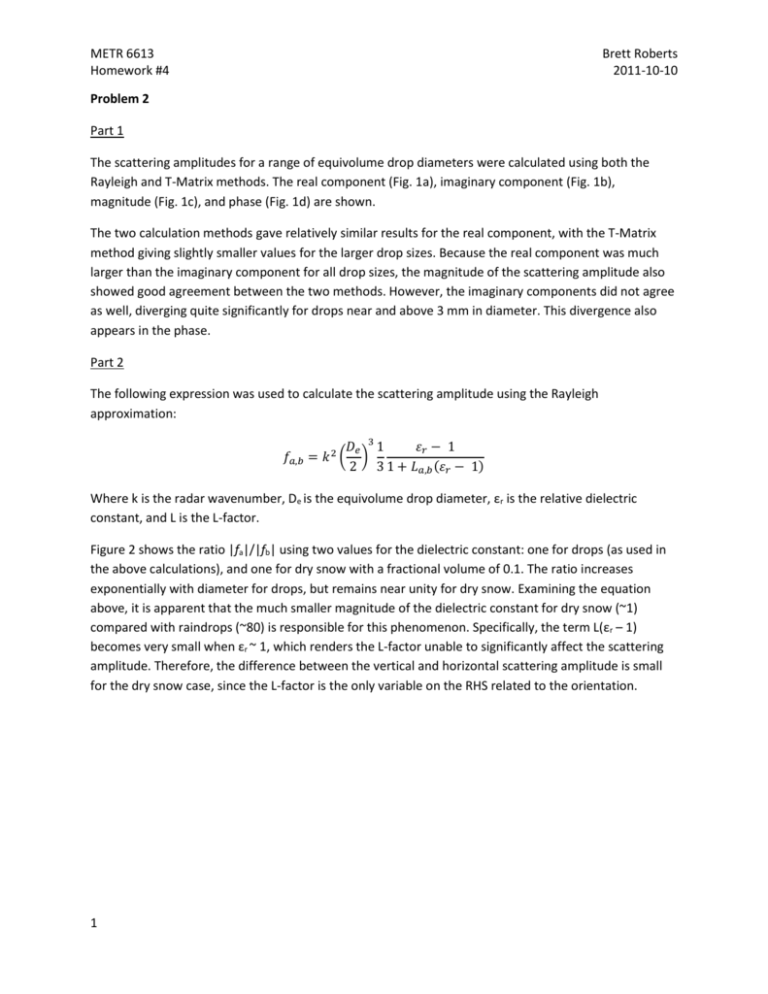
METR 6613 Homework #4 Brett Roberts 2011-10-10 Problem 2 Part 1 The scattering amplitudes for a range of equivolume drop diameters were calculated using both the Rayleigh and T-Matrix methods. The real component (Fig. 1a), imaginary component (Fig. 1b), magnitude (Fig. 1c), and phase (Fig. 1d) are shown. The two calculation methods gave relatively similar results for the real component, with the T-Matrix method giving slightly smaller values for the larger drop sizes. Because the real component was much larger than the imaginary component for all drop sizes, the magnitude of the scattering amplitude also showed good agreement between the two methods. However, the imaginary components did not agree as well, diverging quite significantly for drops near and above 3 mm in diameter. This divergence also appears in the phase. Part 2 The following expression was used to calculate the scattering amplitude using the Rayleigh approximation: 𝐷𝑒 3 1 𝜀𝑟 − 1 𝑓𝑎,𝑏 = 𝑘 2 ( ) 2 3 1 + 𝐿𝑎,𝑏 (𝜀𝑟 − 1) Where k is the radar wavenumber, De is the equivolume drop diameter, εr is the relative dielectric constant, and L is the L-factor. Figure 2 shows the ratio |fa|/|fb| using two values for the dielectric constant: one for drops (as used in the above calculations), and one for dry snow with a fractional volume of 0.1. The ratio increases exponentially with diameter for drops, but remains near unity for dry snow. Examining the equation above, it is apparent that the much smaller magnitude of the dielectric constant for dry snow (~1) compared with raindrops (~80) is responsible for this phenomenon. Specifically, the term L(εr – 1) becomes very small when εr ~ 1, which renders the L-factor unable to significantly affect the scattering amplitude. Therefore, the difference between the vertical and horizontal scattering amplitude is small for the dry snow case, since the L-factor is the only variable on the RHS related to the orientation. 1 METR 6613 Homework #4 Brett Roberts 2011-10-10 Figure 1. Scattering amplitude for a range of equivolume drops. Figure 2. Ratio |fa|/|fb| for drop vs. dry snow dielectric constant. 2






